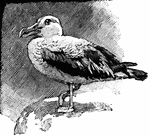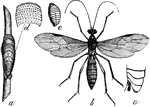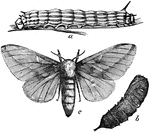
Azalea
The Azalea is a genus of plants that belongs to the health family. There are 100 species that have wonderful,…

King Bird of Paradise
Birds of Paradise are allied to the crows and found mainly in New Guinea. The king bird has beautiful…

Hippopotamus
The Hippopotamus is the river horse of Africa, a genus of a family of ungulates, which contains only…
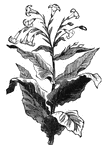
Tobacco Plant
The tobacco plant is used in the manufacture of cigars, cigarettes, snuff, and pipe and chewing tobacco.…
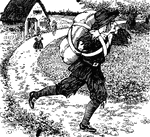
Christian Fleeing
From the introduction of The Pilgrim's Progress written by John Bunyan. Christian fleeing from…
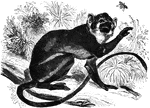
Saimiri
"Genus Saimiri. The animals of this genus are but about ten inches in length and are the most…

Rhynchocyon
"Of this genus Gervais makes a seperate family. The only species is the R. Cernei. This has…
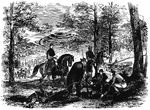
Battle of Corrick's Ford
"Battle of Carrick's Ford, Western Virginia- discovery of the body of General Garnett, by Major Gordon…
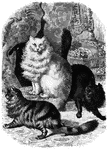
Angora Cats
"The domestic cat, like the domestic dog, has been the companion of man from the earliest periods of…

Confederate Batteries
"Fredericksburg, Va., and the Confederate batteries and pickets, as seen from Falmouth Heights, headquarters…
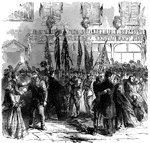
Soldiers Resting
"The soldier's rest--the friends of the Seventh and Eighth Regiments, New York Volunteers, welcoming…

Author shipwrecked
The Author gives some Account of imself and Family- His First Inducements to travel- He is Shipwrecked,…
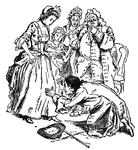
Gulliver Stoops to Wife
Returning to England, Gulliver's mind set was still back at lilliput. He stoops down at his wife's knees,…

Lammergeyer
The lammergeyer (Swiss for "lamb-killer") is a member of the vulture family, but has a notably feathered…
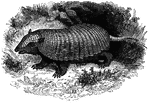
Giant Tatou
"In this carapace covers the body above and low down on the sides, but leaves the belly unprotected;…
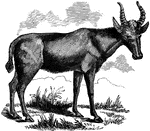
Bubula
"Is of a reddish-fawn color, with black horns, shaped like the tines of a fork. "— S. G. Goodrich,…
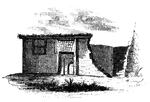
Pinzon Mansion
The Pinzon Mansion, the family, Martin Alonzo Pinzon and Vincent Yanez Pinzon commanded the Pinta…
![Distant view of Cherry Valley. Cherry Valley derived is name, according to Campbell, from the following circumstance: "Mr. Dunlop [the venerable pastor whose family suffered at the time of the massacre in 1778], engaged in writing some letters, inquired of Mr. Lindesay [the original proprietor of the soil] where he should date them, who proposed the name of a town in Scotland. Mr. Dunlop, pointing to the fine wild cherry-trees and to the valley, replied, 'Let us give our place an appropriate name, and call it Cherry Valley,' which was readily agreed to."](https://etc.usf.edu/clipart/13400/13460/cherry-vall_13460_mth.gif)
Cherry Valley
Distant view of Cherry Valley. Cherry Valley derived is name, according to Campbell, from the following…
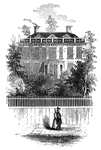
Schuyler's Mansion
Schuyler's Mansion. This view is from Schuyler Street. The edifice is of brick, having a closed octagonal…

Liberty Hall
Liberty Hall. Some time after the death of Governor Livingston this property was purchased by Lord Blingbroke,…
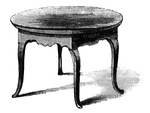
Treaty Table
The Treaty Table. The table on which the capitulation was drawn up and signed was still in possession…

Washington Elm
"The Washington Elm. The horse seen in this sketch is one of the oldest in Cambridge, having been built…

Red Bandfish
"One to two feet long, color orange-red; moving in the waters it appears like a red-ribbon. This, as…

Sarcophagus of Washington
"The sarcophagus of Washington. This was placed in the family vault in the autumn of 1837."—Lossing,…

Jamestown Island
"Distant view of Jamestown Island. This view is from the north side of what was once a marsh, but now…
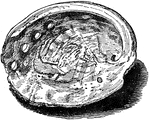
Abalone
"A general name on the Pacific coast of the United States for marine shells of the family Haliotidæ…
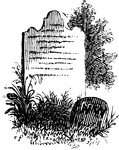
Woodhull's Grave
"Woodhull's Grave. Nathaniel Woodhull was born at Mastic, Long Island, December 30, 1722. Agriculture…
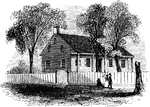
Washington's Head-Quarters
"Washington's head-quarters. The house occupied by Washington while the army was at White Plains is…
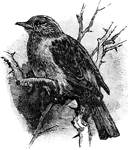
Hedge Sparrow
"Accentor- A genus of passerine birds, family Sylviidæ, subfamily Accentorinæ."-Whitney,…

Agate Shell
"A genus of land-snails, of the family Helicidæ. Typified by the large agate-shells of Africa."-Whitney,…

Opossum Mouse
"A genus or subgenus of marsupial quadreupeds of the family Phalangistdæ, peculiar to Australia."-Whitney,…

Aetheria semilunata
"A genus of bivalve mollusks, of the family Uniondæ, found in the rivers of Africa and Madagascar."-Whitney,…

Agama
"Agama brachyura-A family of saurian reptiles, order LAcertilia, superfamily Agamoidea."-Whitney, 1902

Agouta
"An insectivorous mammal peculiar to Hayti, the type-member of the genus Solenodon and of the family…
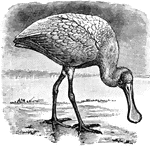
Spoonbill
"Roseate Spoonbill-a large grallatorial bird of the genus Platalea, family Plataledidæ, related…

Western Train
"A western emigrant train. The occupation of the west. With every year the line of settlements was pushed…

Alligator
"Any member of the family Alligatoridæ, or some American member of the Crocodilidæ."-Whitney,…

Alligator Skull
"Skull of a member of the family Alligatoridæ, or some American member of the Crocodilidæ."-Whitney,…
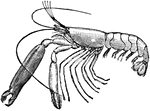
Red Shrimp
"Alpheus-A genus of macrurous decapodous crustaceans, the type of the family Alpheidæ."-Whitney,…

Thomas Alva Edison
"Thomas Alva Edison was born at Milan, Ohio, February 11, 1847, but the family soon after moved to Port…

Nurse Frog
"A genus of anurous amphibians, or tailless batrachians, of the family Discoglossidæ, sometimes…

Amphithoe
"A genus of amphipodous edriophthalmous crustaceans, of the family Corophiidæ."-Whitney, 1902

Ancyloceras
"A genus of fossil terebranchiate cephalopods, of the family Ammonitidæ, or made the type of a…

Angler
"The fish Lophius piscatorius, the typical representative of the family Lophiidæ."-Whitney, 1902










